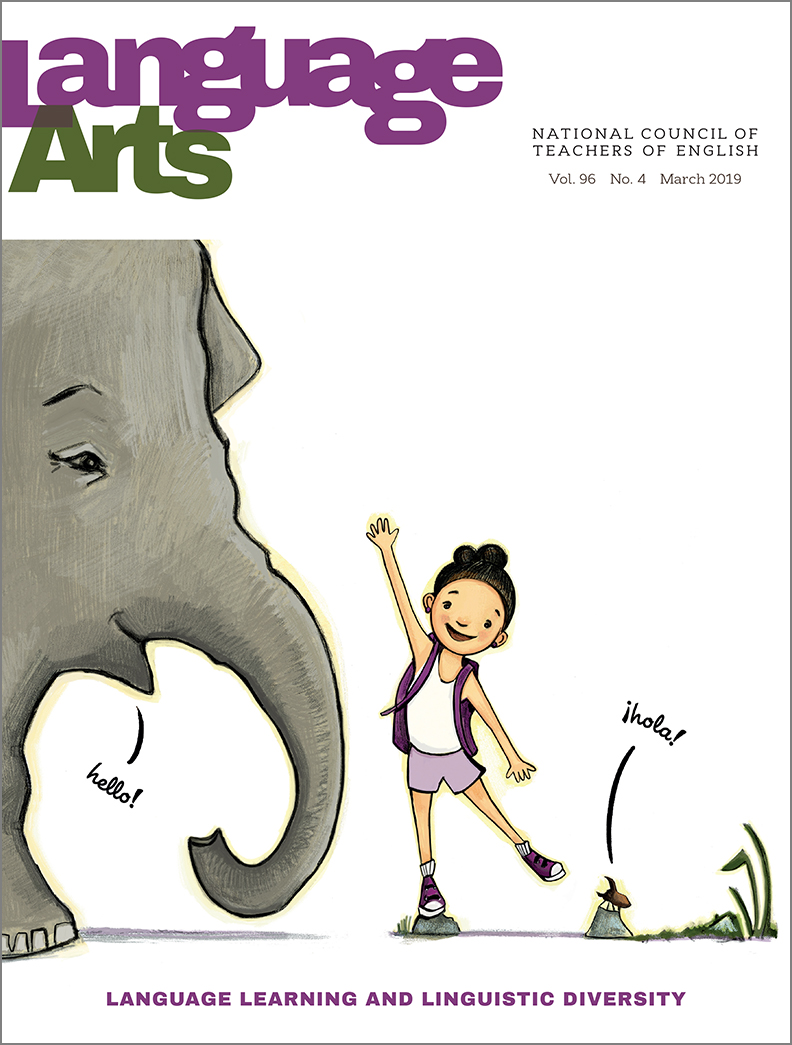
Full text loading...
In this column, the author synthesizes key findings about bilingual and biliterate development in childhood, specifically how bilingualism is related to children’s language and literacy development.

Article metrics loading...

Full text loading...
References


